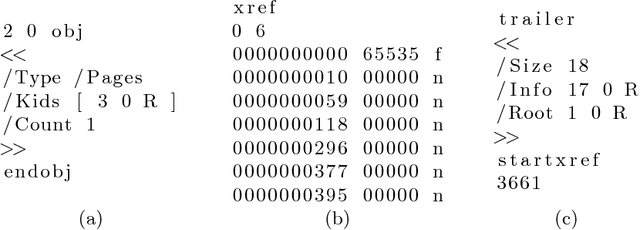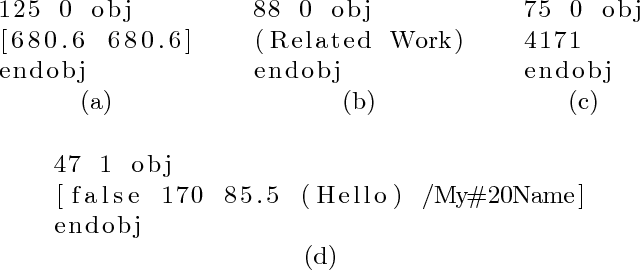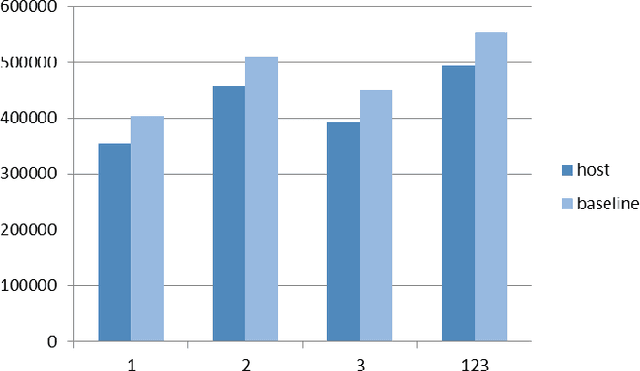Hila Peleg
Programming Not Only by Example
Oct 03, 2017



Abstract:In recent years, there has been tremendous progress in automated synthesis techniques that are able to automatically generate code based on some intent expressed by the programmer. A major challenge for the adoption of synthesis remains in having the programmer communicate their intent. When the expressed intent is coarse-grained (for example, restriction on the expected type of an expression), the synthesizer often produces a long list of results for the programmer to choose from, shifting the heavy-lifting to the user. An alternative approach, successfully used in end-user synthesis is programming by example (PBE), where the user leverages examples to interactively and iteratively refine the intent. However, using only examples is not expressive enough for programmers, who can observe the generated program and refine the intent by directly relating to parts of the generated program. We present a novel approach to interacting with a synthesizer using a granular interaction model. Our approach employs a rich interaction model where (i) the synthesizer decorates a candidate program with debug information that assists in understanding the program and identifying good or bad parts, and (ii) the user is allowed to provide feedback not only on the expected output of a program, but also on the underlying program itself. That is, when the user identifies a program as (partially) correct or incorrect, they can also explicitly indicate the good or bad parts, to allow the synthesizer to accept or discard parts of the program instead of discarding the program as a whole. We show the value of our approach in a controlled user study. Our study shows that participants have strong preference to using granular feedback instead of examples, and are able to provide granular feedback much faster.
Learn&Fuzz: Machine Learning for Input Fuzzing
Jan 25, 2017



Abstract:Fuzzing consists of repeatedly testing an application with modified, or fuzzed, inputs with the goal of finding security vulnerabilities in input-parsing code. In this paper, we show how to automate the generation of an input grammar suitable for input fuzzing using sample inputs and neural-network-based statistical machine-learning techniques. We present a detailed case study with a complex input format, namely PDF, and a large complex security-critical parser for this format, namely, the PDF parser embedded in Microsoft's new Edge browser. We discuss (and measure) the tension between conflicting learning and fuzzing goals: learning wants to capture the structure of well-formed inputs, while fuzzing wants to break that structure in order to cover unexpected code paths and find bugs. We also present a new algorithm for this learn&fuzz challenge which uses a learnt input probability distribution to intelligently guide where to fuzz inputs.
 Add to Chrome
Add to Chrome Add to Firefox
Add to Firefox Add to Edge
Add to Edge